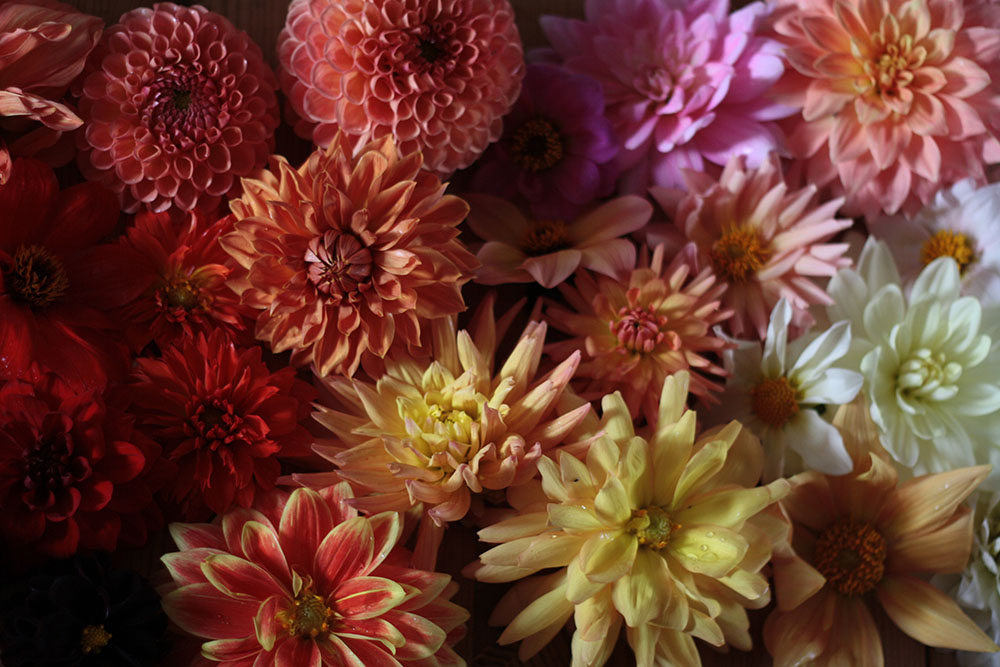Anna Taylor, owner of Anna’s Flower Farm, in Audley End, shares what’s going on in the garden this month
It’s no coincidence that September still bears that ‘back to school’ feeling in us all, regardless of age. For me, this month is the beginning of the horticultural year. It’s my favourite time, that feeling of a fresh start ahead of another growing season; try new planting ideas, plan new floral arrangements, scour the catalogues and simply enjoy a renewed opportunity to evolve. I love the light, temperature and ambiance of this month.
Summer soars with gorgeous light, warm air and abundant borders, whilst autumn overtakes with shorter days, heavy dew and the beginning of mists. In our area, frosts are not expected until October, and if there is a southerly wind on the 21st, a fine autumn or ‘Indian summer’ are usually guaranteed.
For gardeners, the harvest allows us to reflect on the year’s successes and some of the lessons learned. That’s why it is good to keep a diary as the year progresses. Every year I wish my diary was as diligently tended as my garden, but when I have kept it up, I have discovered so much about which plants have thrived and why, or recalled pleasing plant combinations, both in the border and bouquet.
Autumn overtakes with shorter days and heavy dew
After taking a bit of a break in August, garden tasks begin in earnest again. On a dry day, collect seeds and sow for early annuals and perennials next year, and store a few for sowing next spring. Plant out your June- and July-sown annuals; continue to tie in and cut your flowering plants. There are still several weeks’ worth of flowering and I like to drag this out for as long as possible.
For late colour in the borders and pots, you can rely on dahlias and bulbs. In fact, there are bulbs for every month and it’s great to judiciously plant them all over the garden for little fireworks of interest throughout the year.
Right now, I am enjoying pink nerines, gladiolis in dark, inky maroon, and waiting patiently for the deliciously scented acidanthera. Dahlias are filling gaps left from the biennials and spring flowering plants that have been cut back. It’s a great tip to plant up dahlias and bulbs in large pots to grow on in the late spring, and then place into gaps in between planting – just keep an extra eye on these as they will dry out quicker than when planted directly in the beds.
Remember, repeat flowering plants will use their energy to make seed for the next growing season unless you snip off the spent bloom, also known as deadheading, which happily generates another flower. Keep watering weekly with a seaweed feed for hungry plants. Begin to plant spring bulbs including narcissus and fritillaries, trim topiary and hedges, and plant evergreens. It’s also a good time to sow grass seed and repair lawns.

